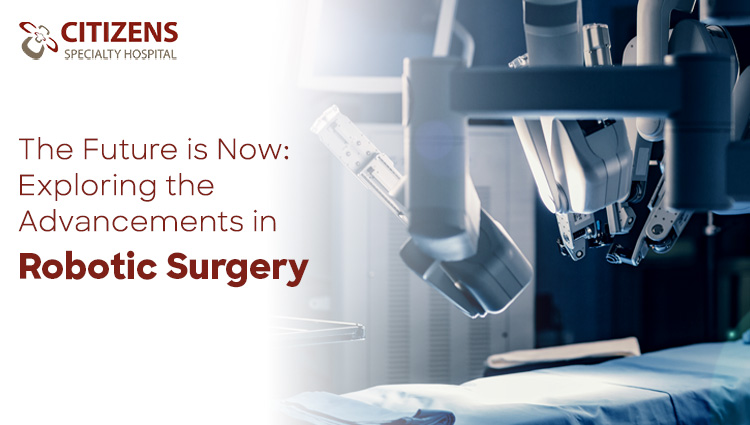
Robotic surgery has been on the rise for years now, and and is here to stay. The advancements in technology have allowed us to take a giant leap forward in the field of surgical procedures, making them safer, faster, and more precise than ever before. There are some exciting developments in robotic surgery that are changing the face of healthcare.
Introduction to Robotic Surgery
Robotic surgery is an area of medical technology that is constantly evolving. This type of surgery offers many benefits, including improved accuracy and precision, as well as a reduced risk of infection. Additionally, robotic surgery often results in less pain and scarring for patients.
One of the most popular applications for robotic surgery is in the field of minimally invasive surgery (MIS). MIS refers to any surgical procedure that requires only small incisions. This type of surgery has become increasingly popular in recent years due to its many benefits, which include a shorter hospital stay, reduced recovery time, and less scaring. This surgery has also been used successfully in more complex procedures, such as heart surgery. In fact, some experts believe that robotics will eventually play a key role in all types of surgeries.
Benefits of Robotic Surgery
In comparison to conventional surgical techniques, robotic surgery is a fascinating new advancement in the medical industry. The ability to move considerably more precisely and steadily than with human hands thanks to robotic surgery is perhaps its most significant benefit, which can improve patient outcomes. Furthermore, robotic surgery frequently leads to reduced blood loss, scarring, and extended hospital stays and recuperation periods.
Types of Robotic Surgery
The robotic surgery has revolutionized the medical field and offers patients many benefits. There are different types of robotic surgery, each with its own advantages.
One type of robotic surgery is minimally invasive surgery. This type of surgery is less invasive than traditional open surgery as it involves smaller incisions, less pain, and a shorter recovery time. Minimally invasive surgery can be performed using either a surgical robot or a laparoscope.
Another type of robotic surgery is remote-controlled surgery. In this type of surgery, the surgeon operates the surgical robot from a remote location, often using a joystick or other similar device. This allows for greater precision and accuracy during the procedure. Remote-controlled surgery is often used for complex procedures that require a high degree of dexterity.
Robotics in the Operating Room
Robotic surgery is revolutionizing the field of medicine. In the operating room, robotics is providing surgeons with new levels of precision and control. As a result, surgeries that were once considered too difficult or risky are now being performed with greater safety and success.
In addition to increasing accuracy, robotics is also reducing surgical times and recovery times for patients. Robotic surgery is less invasive than traditional surgery, which means there is less trauma to the body and a quicker healing process. Patients are often able to go home the same day or the next day after a robotic surgery procedure.
Conclusion
Undoubtedly, the future of surgical procedures lies in robotic surgery. Citizens specialty Hospital provides one of the best Robotic surgeries, which uses ground-breaking technology to treat a range of medical ailments, allowing patients to recuperate more quickly and with fewer risks and consequences. Robotic surgery has come a long way recently, and as this technology progresses, it will be fascinating to watch where it goes from here.